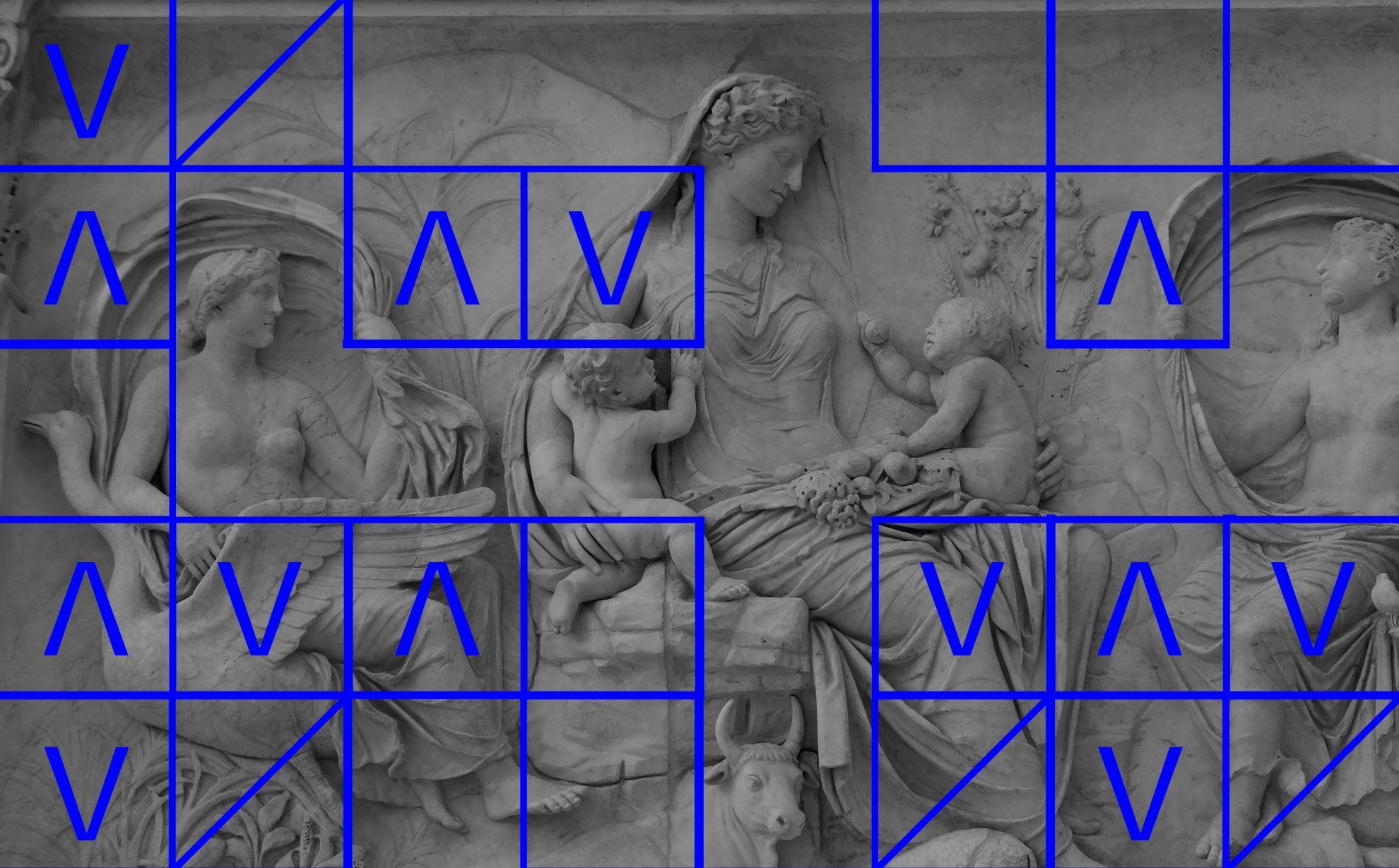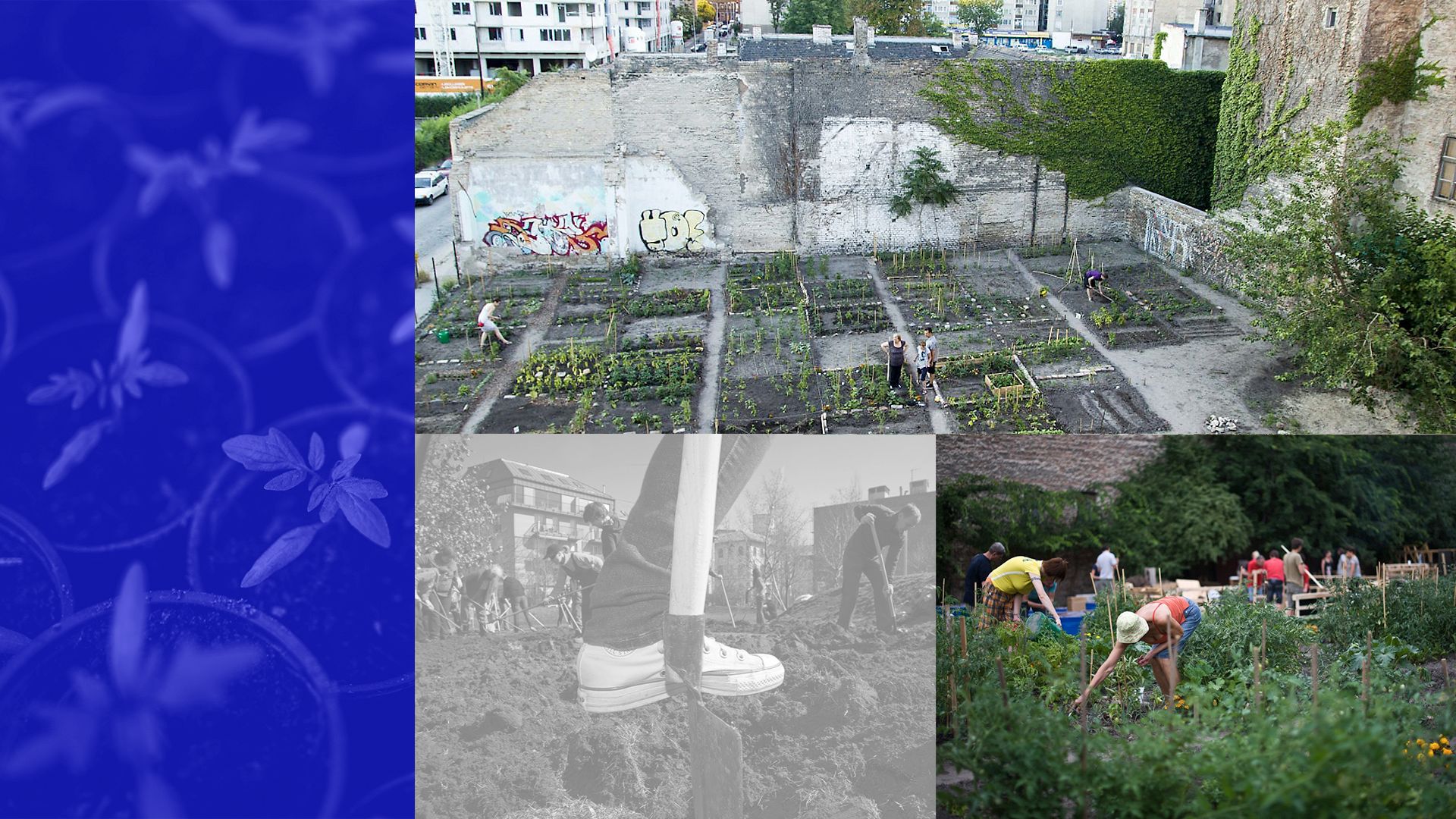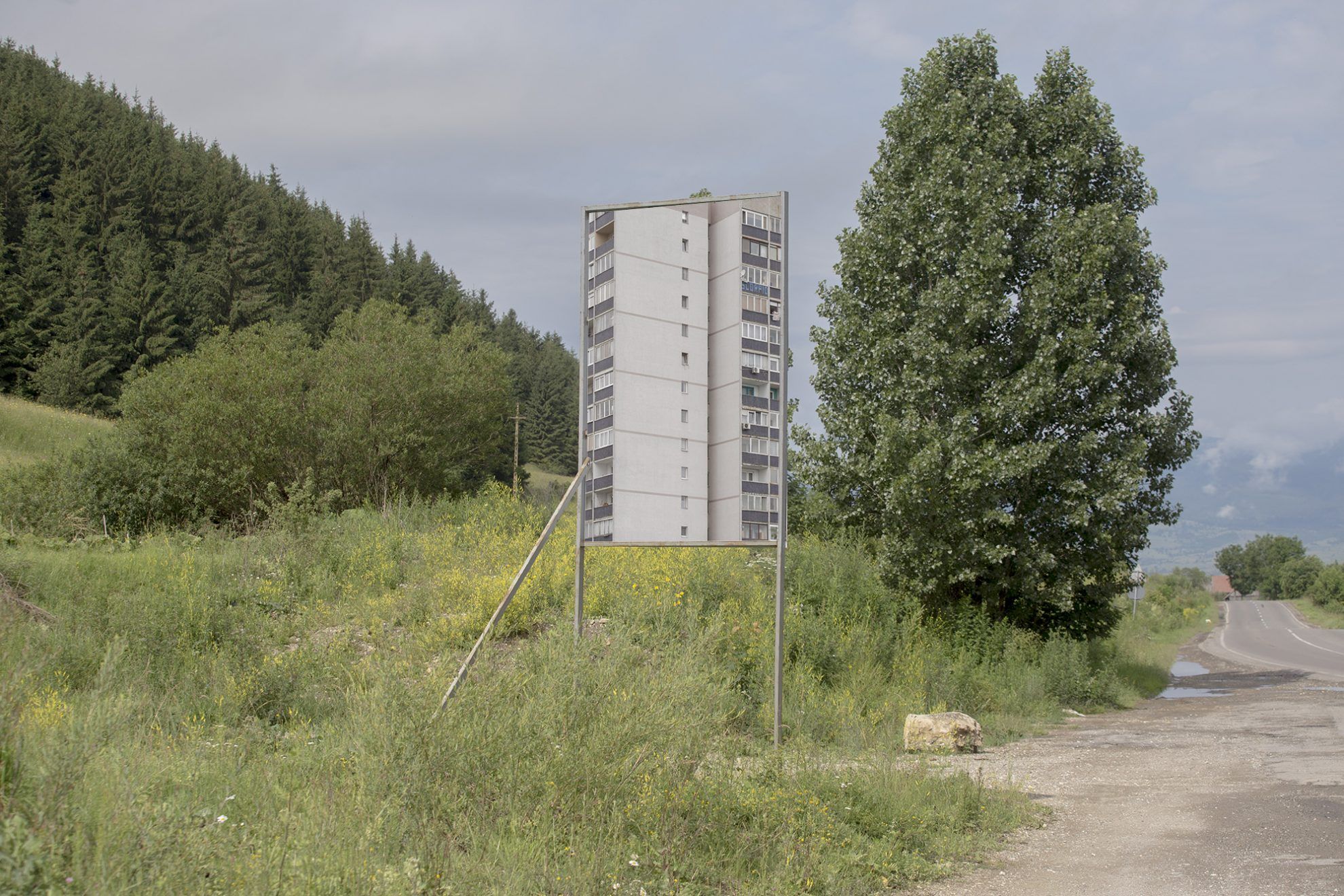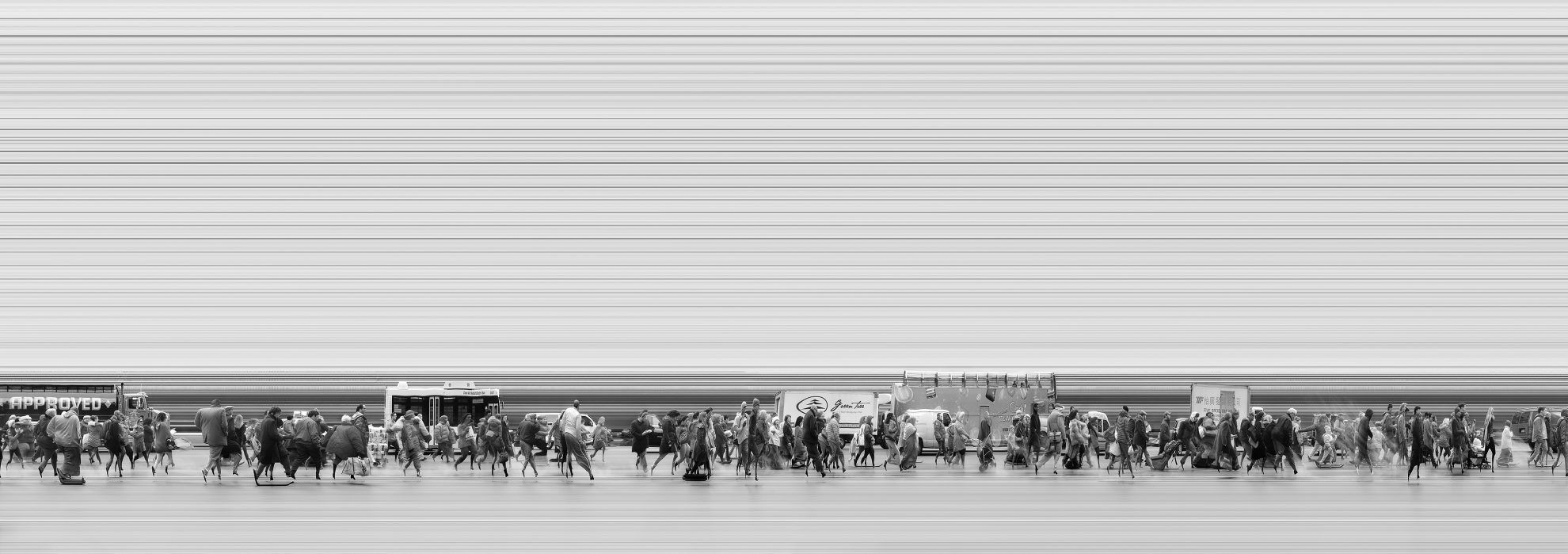Various streams of material goods, energy, services contribute to the living organism of the city. Only by observing the flux of these elements flowing in and out the urban space, can we then better understand the very mechanisms that keep the City alive. This is the Urban Metabolism.
In the latest edition of our series, Nam Vo Son explores the factors influencing sustainable growth from the angle of the processes of the urban metabolism.
Written by Nam Vo Son
Think of the digestive and circulatory system that nurtures a body — a city’s metabolism is also much dependent on the inflow and outflow of the organic and inorganic components whose synergy constitute a single living, self-regulating system. Energy, water, food, transportation, waste management and emissions are central elements to the discussion of urban metabolism.
When looking at the urban metabolism as much less of a concept, and more of a tool of understanding and decision making, we then can make adjustments to the instruments of urban living towards something that is to become a more sustainable, equitable and livable city of the future.

James Lovelock, in his thesis written in 1972, presented a theory called Gaia, which posits that the global ecosystem, planet Earth is viewed as a comprehensive self-regulating organism, in which “all living things collectively define and maintain the conditions conducive for life on earth”. This implies that the natural and built environment are, indeed, in sync with the wildlife and human condition. In this context, we, the growing population of the urban environment, are equally part of this vast ecosystem of factors governing our lives that regulates global temperatures, ocean salinity, water level, biodiversity, air quality and atmospheric pressure.

Cities are major consumers of energy and materials and significant sources of waste and pollution. By the year 2050, more than two-thirds of the world’s population will reside in cities. Therefore, optimising the mechanisms of the urban metabolism is not optional, rather essential for humanity to survive within the planetary boundaries in the face of climate emergency. Building Sustainable Cities, better, Regenerative Cities is the key for urban prosperity. This concept of sustainable development originates from Herbert Girardet, UN-awarded ecologist on the quest to instigate humanity to pay back the debt we take from nature. Introducing urban forests, zero-waste recycling and decarbonised renewable energy policies could be that solution to help Regenerative Cities transition from the contemporary practice of the open-loop Linear Metabolism to a closed-loop Circular Metabolism.

Let us take a closer look at some Budapest-based examples: one notable initiative in the name of Circular Metabolism is the Community gardens project led by the Contemporary Centre for Architecture (KÉK). Creating urban food systems is an integral entry point towards regenerating local food production, reconnecting city-dwellers with the natural environment, educating communities on biodiversity and cultivation, compost waste management, air quality and microclimate improvement of the local milieu and the city.
While rethinking urban planning is of central importance, the scope of the urban metabolism concept is even wider than that: as part of the Planetary Health Alliance housed by Harvard University, Dr. Nóra Boussoussou and Gabriella Sódar of the Semmelweis University of Medicine, embark on a journey to further expand their research through the lens of urban metabolism, on understanding, e.g., the relation between weather patterns associated with climate change and acute cardiovascular diseases in the urban context.

Cities are not only a central point for the material and energy flow, they are also the place where knowledge and human experience converge, where minds collide; science, art and creativity are inspired in, and by the built environment emerge as monuments to our human existence. Once we unfold the human element of the urban metabolism, seeing beyond what was by default the model for the movement of materials and energy travelling across the city, we soon realise that the flow of people, human capability and creativity is also a fundamental asset analogous to the material goods of the urban fabric.
This is why interdisciplinarity is at the core of URBANUM’s philosophy: so that science can meet visual arts, architecture can meet philosophy and urban planning can meet health care under the same roof — ultimately enabling us to create healthier cities.

In our article series, the founders of Urbanum as well as the experts participating in the initiative discuss the topics concerning and influencing the city in the form of interviews, case studies and short opinions.
Urbanum | Web | Facebook | Instagram

„A mouthful of goodwill” | BeSweet chocolate manufactory

Paperdeer’s new music video evokes the visuality of avant-garde movements










